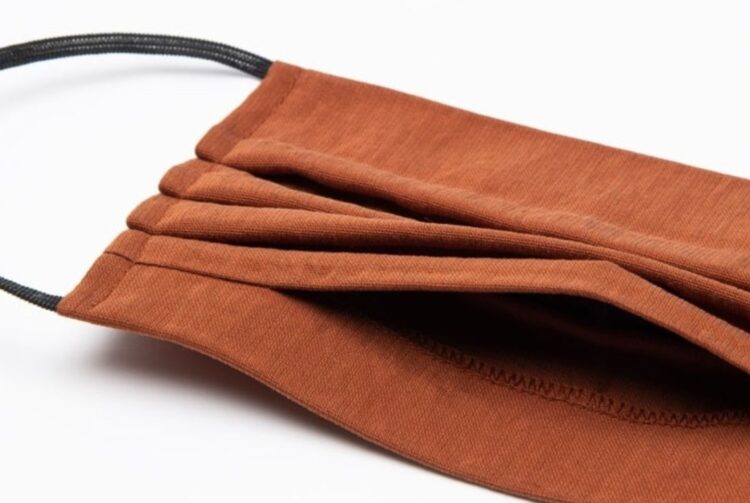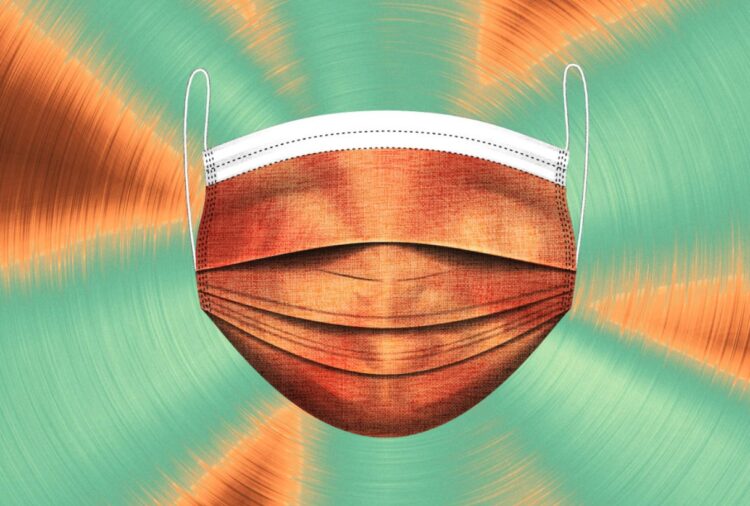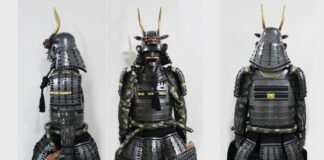What makes something a piece of art? This single question can probably never be answered briefly. And by the time you’ve come up with an answer you’re happy with, you’ve gone into a monumental debate with artists and enthusiasts all over the internet.
However, there are pillars to art, as well as theories. When you see an art piece, ask yourself if it checks out all the conditions of whether it’s a good piece of art in its medium. For instance, art appreciation depends on five pillars: subject matter, form, colors, lines or brushstrokes, and composition. These pillars change depending on the type of art. Poetry, oil painting, and sculptures have different points of consideration.
But deciding on whether a photo is a good piece of art is not the same as determining if a work can be considered art at all!
The debate on whether photography is an art form is probably 200 years old. Back then, it was argued that photography is just too literal for it to contend with other visual arts such as painting, going as far as saying that, as a medium, it couldn’t “elevate imagination.”
But because time and change are inevitable, the concept of whether photography is an art form has drastically shifted. By the ‘60s and ‘70s, niche photography galleries featured gorgeous pieces. At this point, more people started to consider photography as an art form seriously.
These photos can also add a touch of sophistication to your residence. Websites like kaceart.com offer beautifully-captured visuals of nature, such as landscapes and flora, that can serve as accents to complement your home’s décor.
Regardless of the type of imagery that you enjoy, photography makes for great art pieces because:
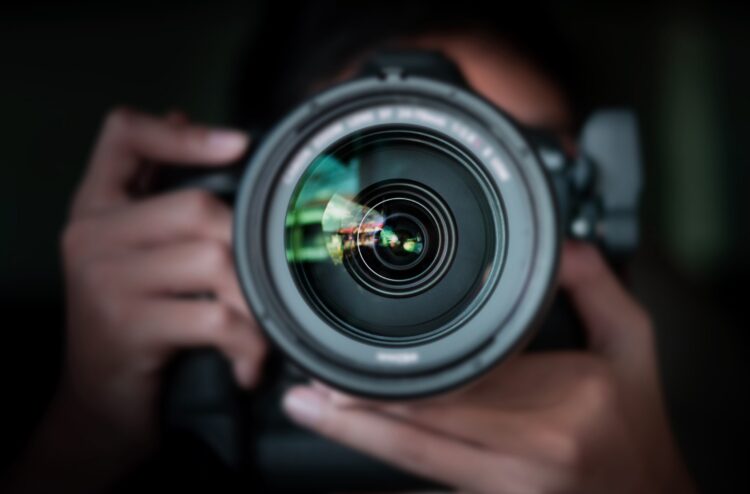
It Captures Emotions
The pieces that are looked at and examined longest are the ones that can capture and evoke emotions. Whether the subject matter is candid or set up, emotions can still be accurately displayed without hearing the artist’s explanation.
Some of the most potent photographs were able to move millions of people and were featured in magazines, journals, and websites. Perhaps seeing it in these publications gives people a feeling that it isn’t worth displaying as an art piece. But think about how the most amazing art pieces in the world are often featured in media, but their artistic value isn’t diminished at all.
It’s Meaningful
Another reason photography makes for great artworks is that they can represent something meaningful to the artist, society, or viewer. Perhaps the subject matter is mundane, but it could be significant because the composition and history bring more weight to the piece altogether.
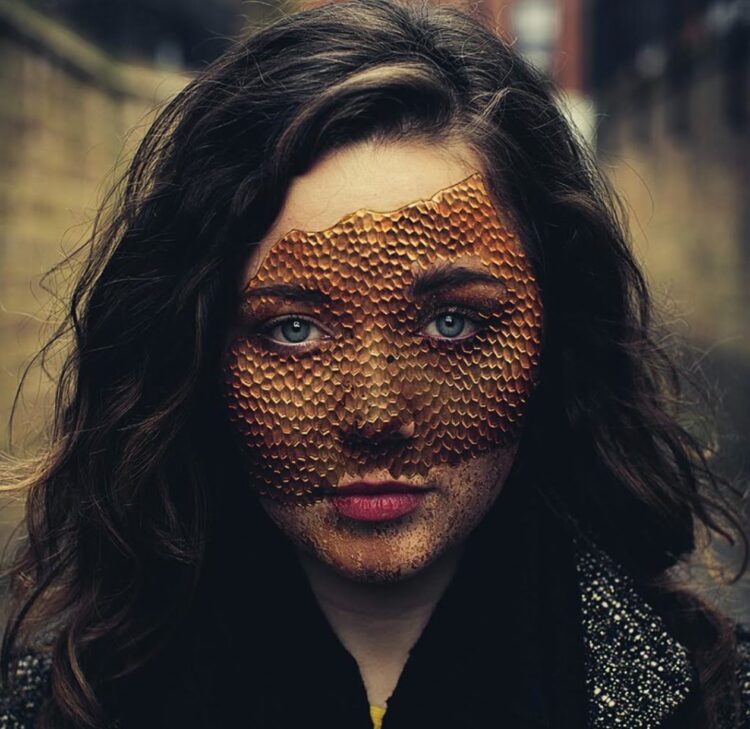
It Can be Historical
The great thing about photography is that it can accurately capture the moment and withstand the test of time. Years from now, photographs of our day-to-day life might be viewed in galleries. We do this today in museums, where prints have historical and artistic value. While it might have been an ordinary photo back in the day, it’s now considered a treasured possession.
It Requires Creativity and Imagination
For a photographer to be considered an artist, they must first have a creative vision. This skill can transform the simplest of things into a masterpiece.
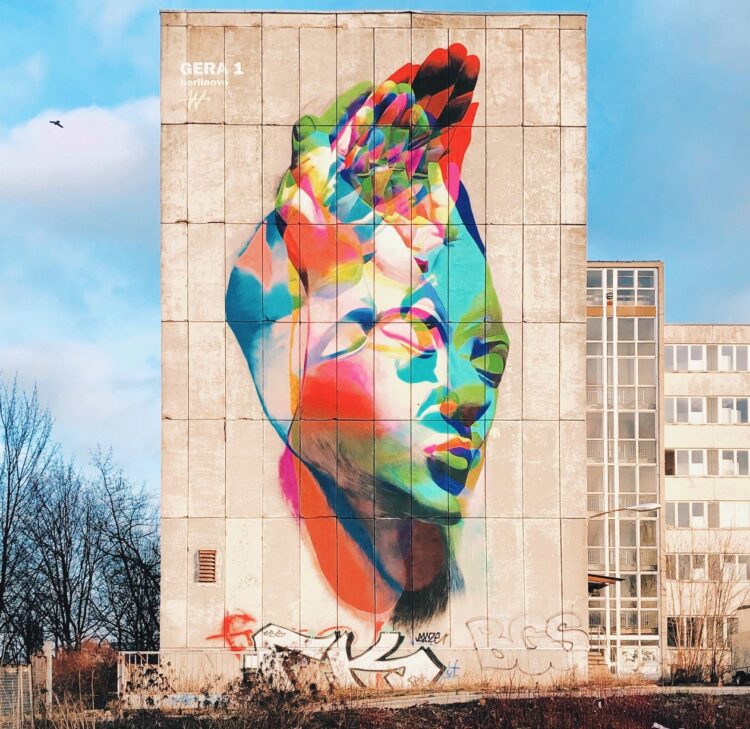
It Also Takes Skill
Imagination isn’t the only thing that matters when it comes to photography. The photographer must also be capable of capturing their creative vision in a photograph.
Like famous artists in history, some might be geniuses, but most will take a lot of time and effort to perfect their craft. Training the eye and how they use their equipment is no joke. So, when you see a great photograph, think of the years of work that went behind it!
Photography Can be Abstract
Perhaps many people think abstract art is impossible in photography and can only be achieved through other mediums. This is entirely false as excellent photographers can achieve abstract pieces in different ways.
But first, the photographer must have an eye and an understanding of elements such as texture, lines, geometric shapes, color, and other factors.
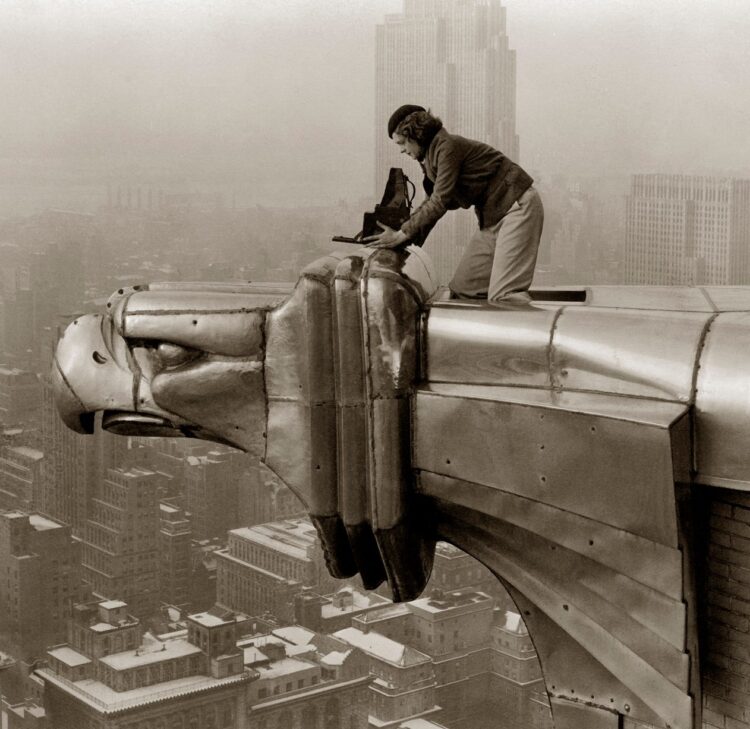
It Follows Theory
Whether it’s film photography or digital, it does have its theory. Just like painting, some principles need to be considered.
Think about it this way: instead of creating a picture using pigments, photography plays with light. But that’s not to say it’s just mindlessly using light randomly. They also consult theory.
Principles of art and design in photography include:
Movement: In terms of design, movement is about how your eyes move across the photograph. Now, how your eyes move over a piece depends on how all other elements give the photograph movement. It’s precious in landscape photography as it helps the viewer examine every part of the photo without feeling forced to do so.
Unity: When all the elements of photography work together visually, then unity is achieved. Unity is usually the goal of photographers. They typically have the final product in their imagination already, and accurately portraying it in the photograph is the objective.
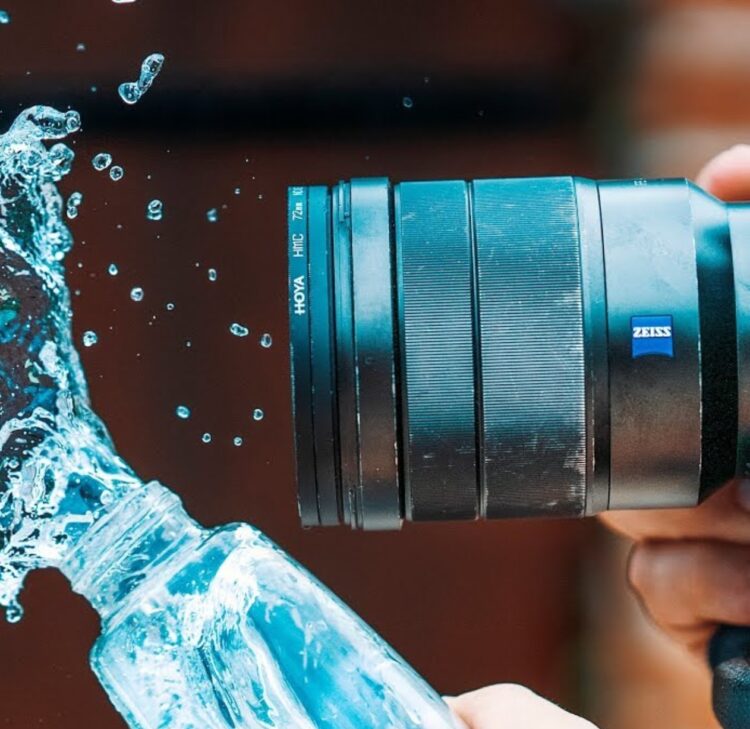
Contrast: this principle of composition is all about two opposing elements. Warm and cool tones or light and dark can be intense or moderate. It can also be about the textures and lines in a photograph.
Emphasis: This is usually the subject matter. It’s where the eye immediately goes to as it’s the center of interest.
Pattern: This is similar to the next principle as it’s all about the repetition of elements. When we see patterns, our minds immediately react to them.
Rhythm: Photography follows a rhythm, too. Not in the musical sense, but it’s similar. In this case, it’s about how elements are distributed in an organized or disorganized way.
Balance: This is all about “visual weight” and how well it is used to create the desired outcome. This includes symmetry, asymmetry, and radial balance symmetry.
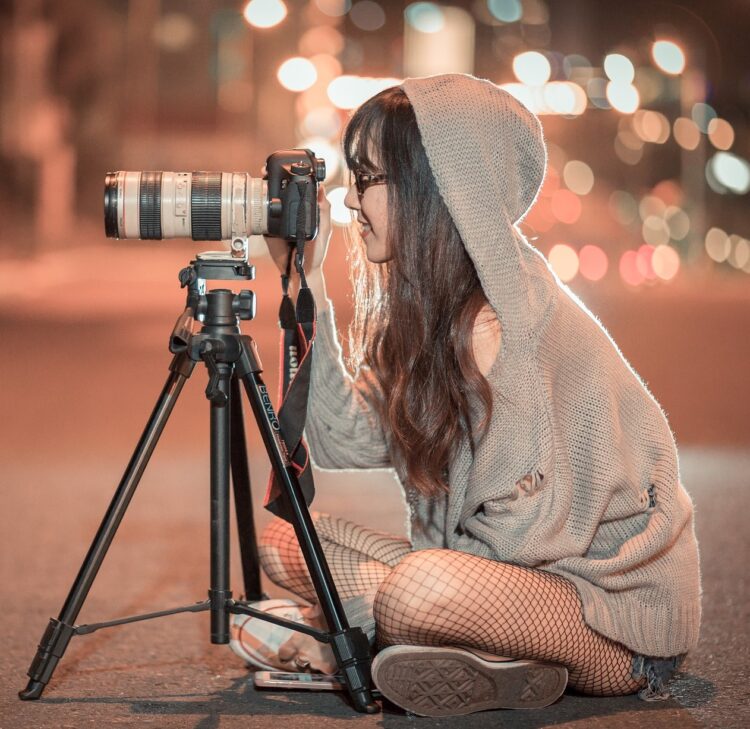
Conclusion
Now there will be some critiques that will try to debunk photography as an art form. But we’re all free to make our minds up about some issues, and this includes what we consider to be art. But it’s almost impossible for anyone these days to say that they haven’t taken a good long look at a particular photograph and felt a swell of emotions, a sense of satisfaction, or just plain old appreciation. What you think matters, and if you think it’s an art piece worth displaying, by all means, show it off!










